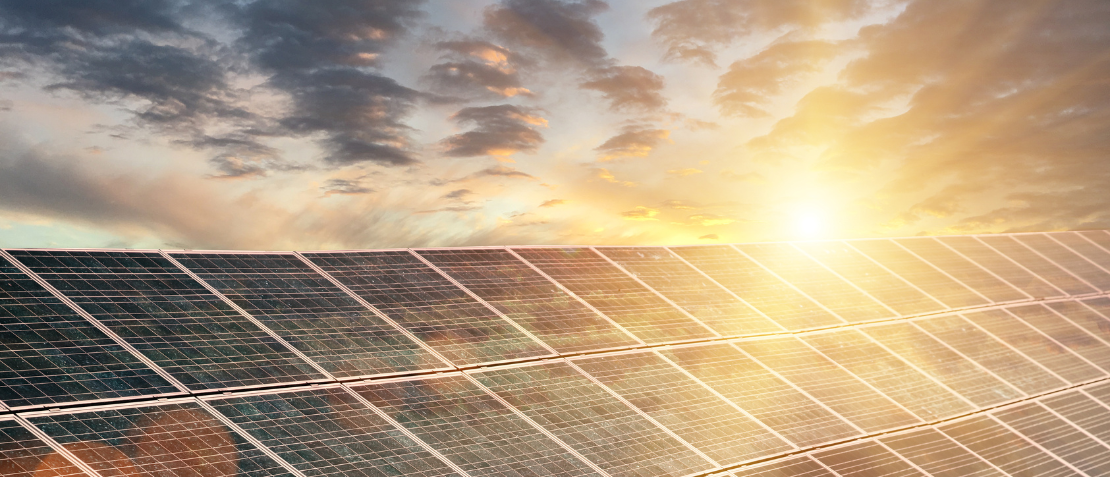Glint & Glare Analysis for Solar Farms

Glint & Glare Analysis for Solar Farms: An Essential Study for Sustainable Energy
Solar energy is a promising and rapidly growing field. As we strive to harness the power of the sun, we must also consider the potential impacts of solar installations on our environment and communities. One such impact is the phenomenon of glint and glare, which can arise from the reflective surfaces of photovoltaic (PV) solar panels.
What is Glint & Glare Analysis?
Glint and glare refer to the reflections of sunlight off the surfaces of solar panels. Glint is a momentary flash of bright light, while glare is a more continuous source of bright light. These reflections can potentially cause visual discomfort or even pose safety risks, particularly when solar panels are installed in large quantities on solar farms.
A glint and glare analysis is a study conducted to assess these potential impacts. It involves the use of specialized software tools to quantify reflection parameters, such as when, how often, from which direction, and how long glaring should be expected. The analysis takes into account various factors, including the position and orientation of the solar panels, the sun’s position throughout the year, and the locations of observers.
Why is Glint & Glare Analysis Necessary?
The necessity of a glint and glare analysis stems from the potential adverse impacts that these reflections can have on surrounding areas. These impacts can be broadly categorized into safety impacts and amenity impacts.
Safety Impacts
Safety impacts primarily concern transportation and aviation. For road users, excessive glare could potentially cause visual discomfort or temporary blindness, posing a risk to traffic safety. Similarly, for aviation, glare could potentially interfere with a pilot’s vision, posing a risk to flight safety.
Dwelling Impacts
Dwelling impacts concern the potential nuisance that glare could cause to local residents or other sensitive observer locations. Excessive glare could potentially cause visual discomfort or reduce visual features.
Consequences of Not Conducting a Glint & Glare Analysis
Failure to conduct a glint and glare analysis can have serious consequences. It can result in refusal of permission to develop a project and/or increase local opposition to the development. Moreover, without a proper analysis, it would be difficult to implement effective mitigation measures, potentially leading to unresolved safety or amenity issues.
Conclusion
In conclusion, glint and glare analysis is a crucial aspect of solar farm planning and development. It helps to ensure that the benefits of solar energy are harnessed in a way that minimizes adverse impacts on our communities and environment. As we continue to advance towards a sustainable future, let’s remember to keep the balance between progress and preservation.
If you are interested in learning more or need professional assistance with your designs, engineering and feasibility studies, please feel free to contact me, Antti Tiri or any of the energy experts and consultants at Welado. I would love to hear from you and discuss how we can work together to make your solar dreams a reality. Thank you for reading and stay tuned for more updates on my LinkedIn page.
Chris Murray, chris.murray@welado.fi, +358 40 149 3888
EPC Project Manager & PV Solar expert | BMS & HVAC | Finland
